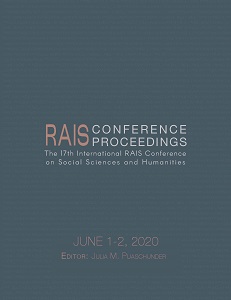Assessing the Relationships between Demographics, Street Trees and Visual Recognition of Urban Buildings
Assessing the Relationships between Demographics, Street Trees and Visual Recognition of Urban Buildings
Author(s): Yuen T. Tsang
Subject(s): Demography and human biology, Rural and urban sociology
Published by: Scientia Moralitas Research Institute
Keywords: urban geography; environmental planning; environmental perception;
Summary/Abstract: As more “green” cities are emerging in the 21st century, human recognition of urban buildings can be obstructed by increasing amount of vegetation in urban areas. While the architectural designs of urban buildings are more complicated than before, architects often seek the maximum exposure of the design to public. If vegetation obstructs significant portions of an innovative design of a building, the visual value and attractiveness of the building can diminish greatly. People may not able to retain much visual and spatial memories about a building or even a city because their views are obstructed. This paper begins with a thorough review of current and past literature about the relationship between buildings, street trees, and visibility in urban environments. The purpose of this research is to identify factors that influence visual recognizability of buildings in an urban environment. First, a method called “green ratio” is proposed to quantify the amount of greenery that people can see on the ground. The result can be beneficial to urban planners, architects, city planners, urban geographers, and city tourism board for better integrating vegetation and buildings in a cityscape. The goal of understanding people’s visual recognition of urban objects is to raise inhabitant’s satisfaction, capture their attention, and make strong impressions towards the city.
Book: Proceedings of the 17th International RAIS Conference on Social Sciences and Humanities
- Page Range: 180-189
- Page Count: 10
- Publication Year: 2020
- Language: English
- Content File-PDF

